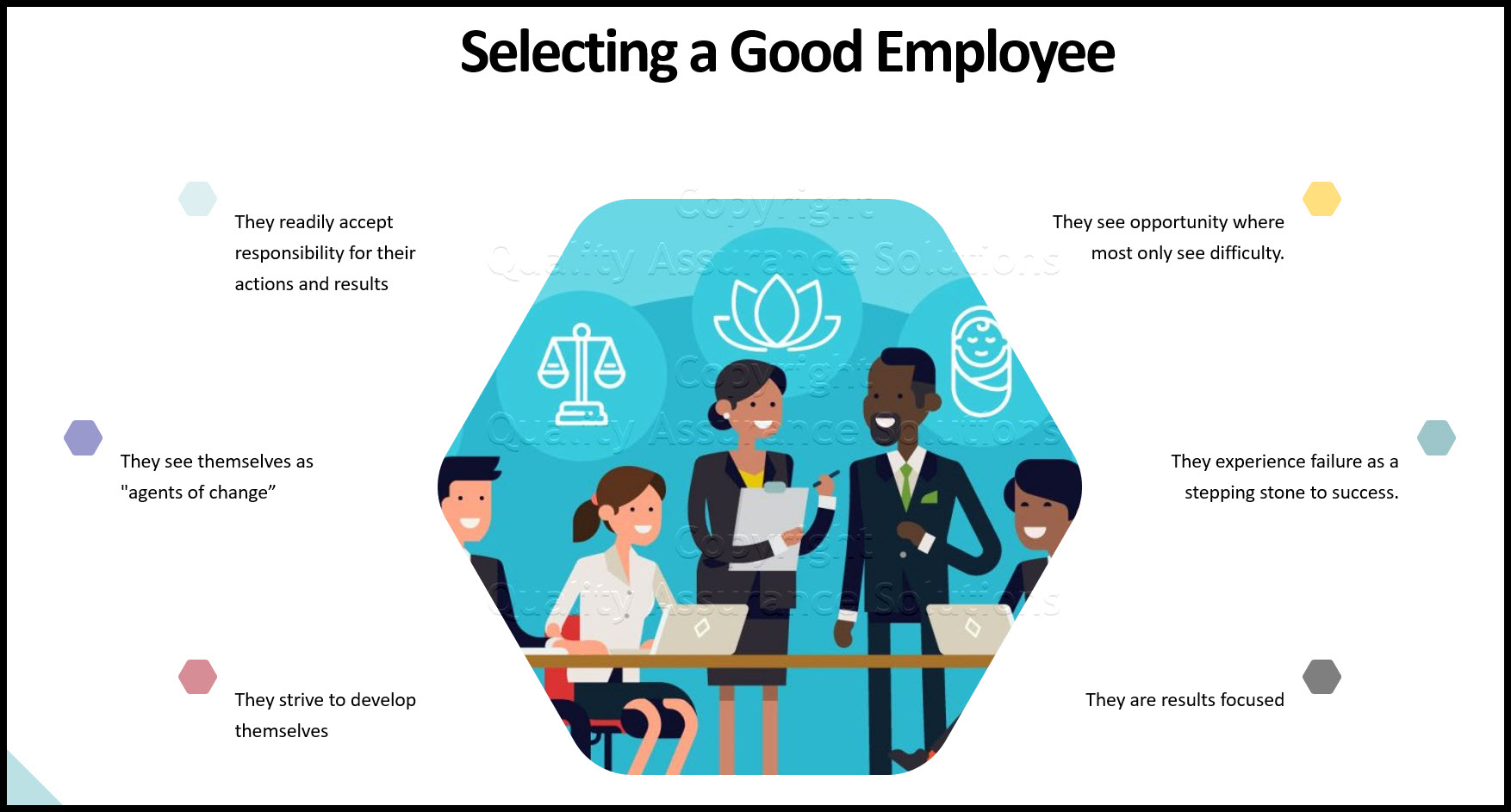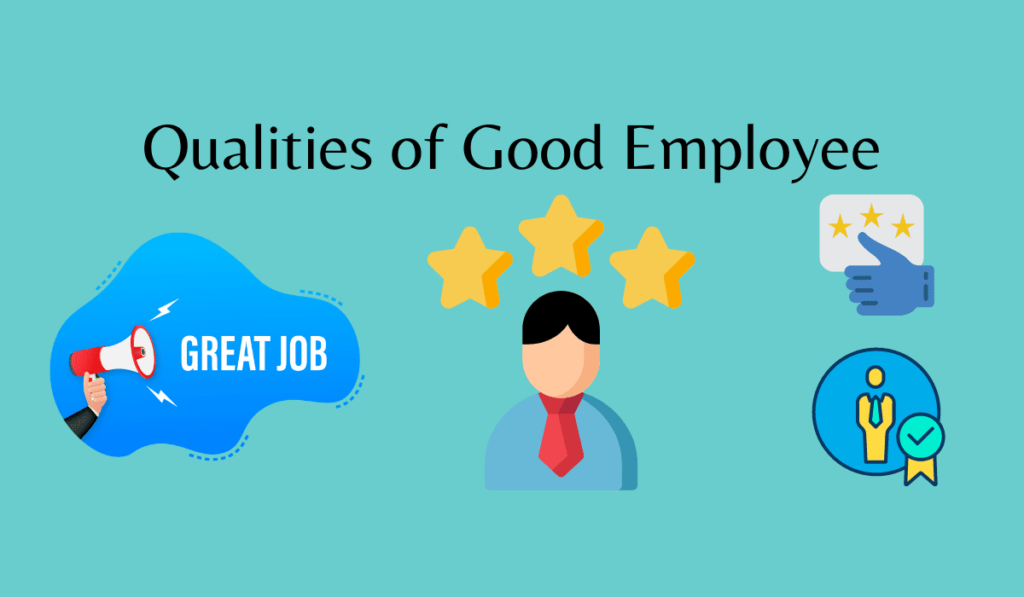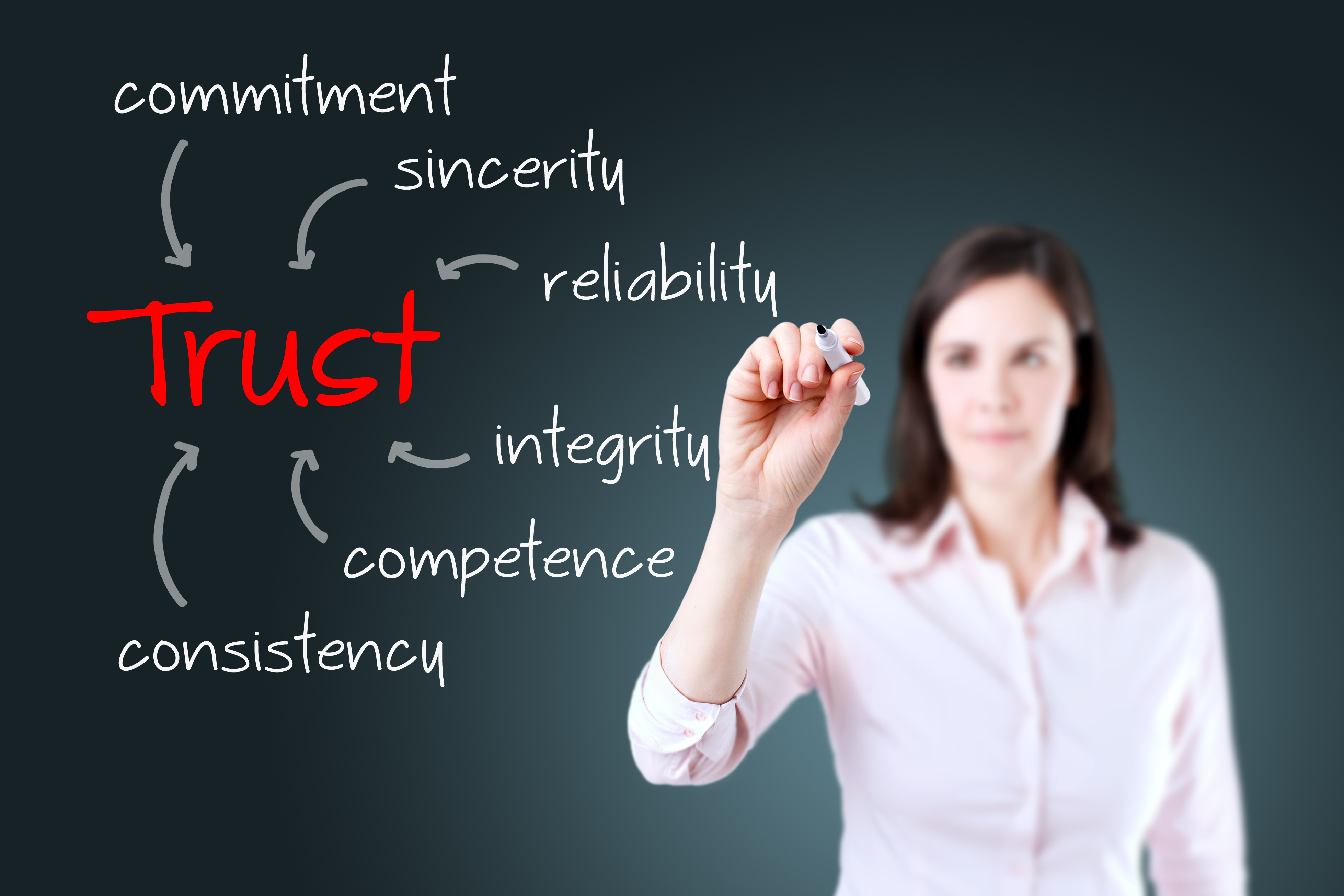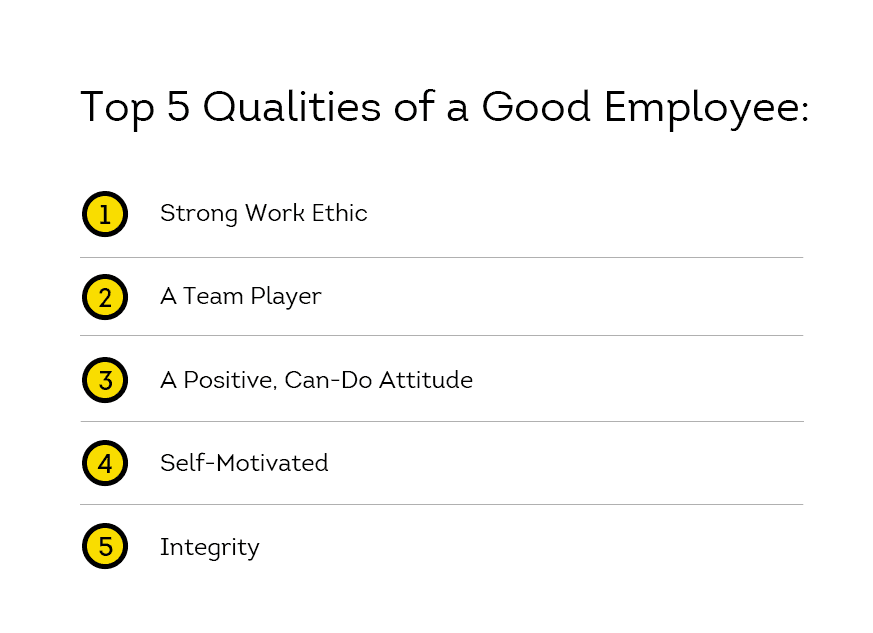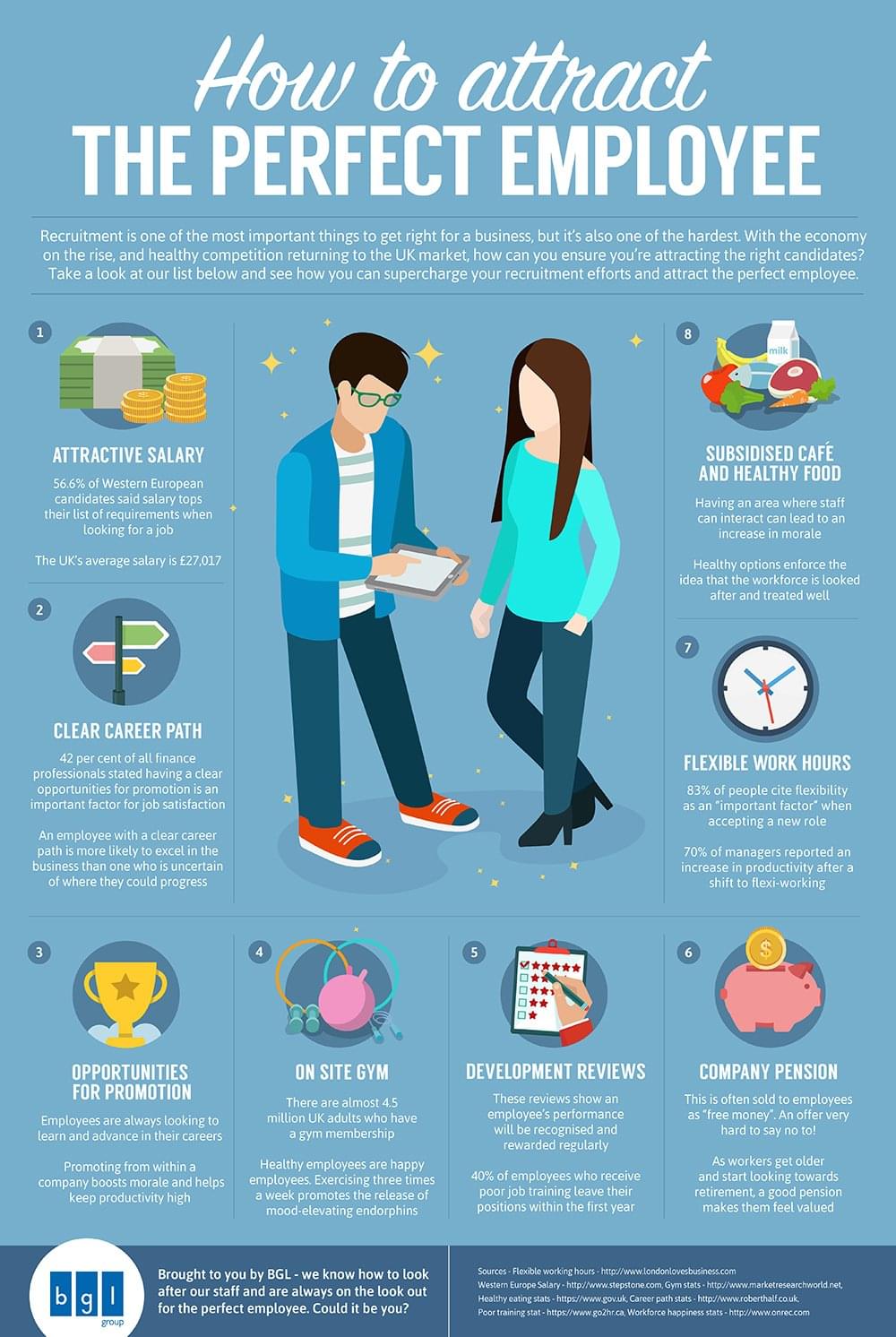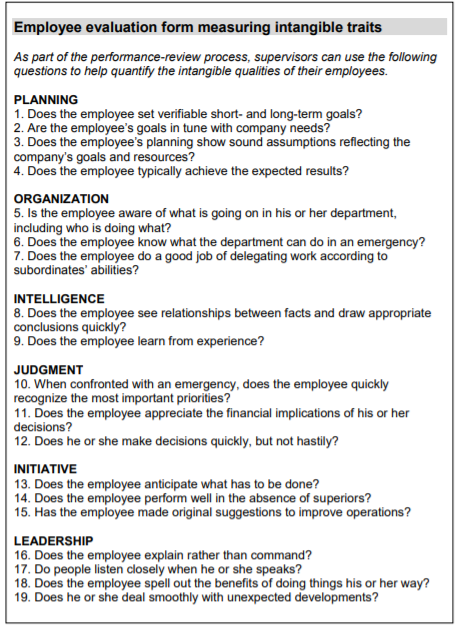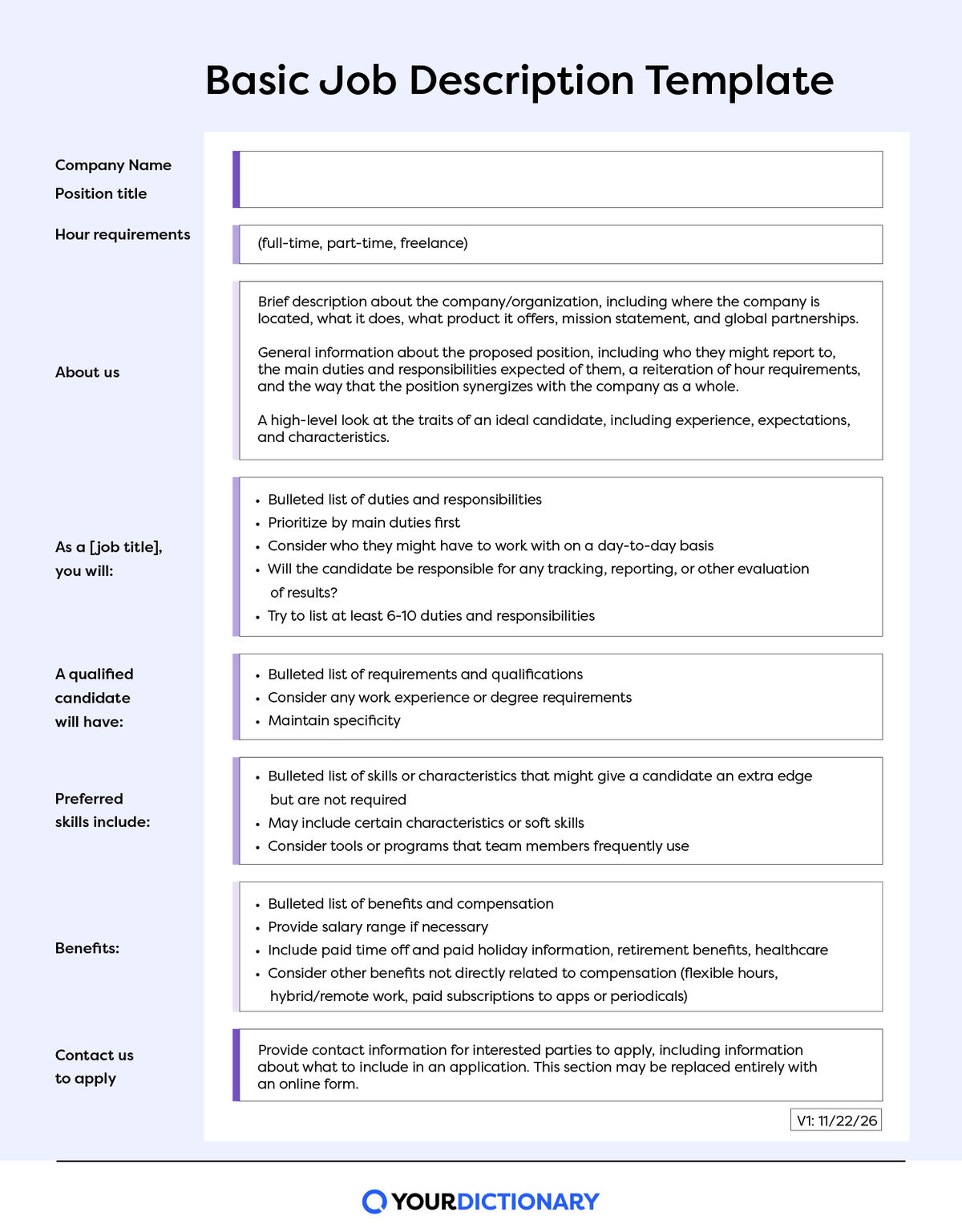How To Describe An Excellent Employee
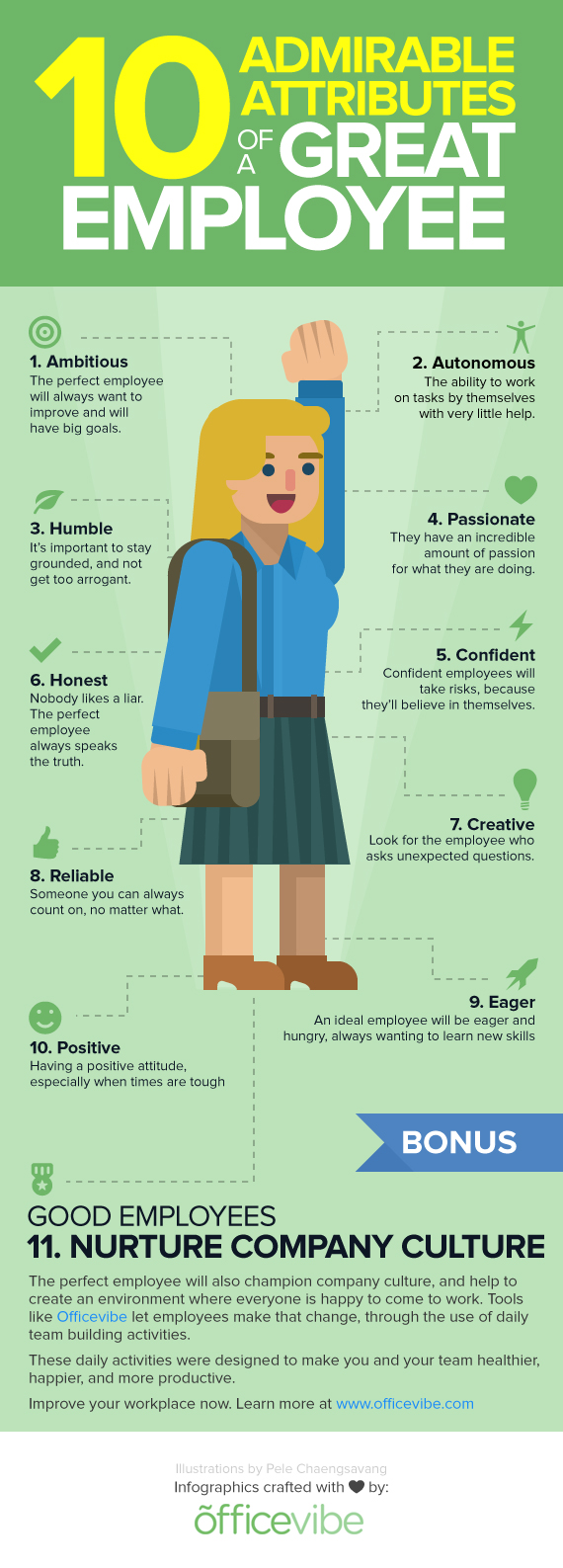
Unlock the secret to identifying and retaining top talent. Learn the definitive characteristics of an exceptional employee to boost your team's performance immediately.
This guide provides a concise framework for recognizing, evaluating, and describing the qualities that set exceptional employees apart, enabling businesses to cultivate a high-performing workforce. Understanding these core attributes is critical for effective talent management and achieving organizational success.
Key Attributes of Excellent Employees
Exceptional Performance
Consistently exceeds expectations in all assigned tasks. Delivers high-quality work that surpasses standards.
A recent study by *Harvard Business Review* found that high performers contribute up to 400% more than average employees.
They are *proactive* in identifying and resolving potential issues.
Strong Work Ethic
Demonstrates a strong commitment to their work and the organization. Shows dedication and perseverance in achieving goals.
According to a survey conducted by Gallup, employees with a strong work ethic are 87% less likely to seek new employment.
They take ownership of their responsibilities and see them through to completion.
Excellent Communication Skills
Communicates effectively both verbally and in writing. Actively listens and provides clear, concise information.
Effective communication reduces misunderstandings and fosters a collaborative environment.
They can adapt their communication style to suit different audiences.
Problem-Solving Abilities
Analyzes complex problems and develops effective solutions. Thinks critically and creatively to overcome challenges.
According to LinkedIn's "Skills Companies Need Most" report, problem-solving consistently ranks as a top desired skill.
They are *resourceful* and seek out information to inform their decisions.
Teamwork and Collaboration
Works effectively with others to achieve common goals. Contributes positively to team dynamics and supports colleagues.
A study by Stanford University showed that collaborative environments increase employee engagement by 15%.
They are willing to share their knowledge and expertise with others.
Adaptability and Flexibility
Adapts quickly to changing priorities and new situations. Remains flexible and open to new ideas and approaches.
In today's dynamic business environment, adaptability is a critical skill for success.
They embrace change and view it as an opportunity for growth.
Leadership Potential
Demonstrates leadership qualities, such as initiative, motivation, and influence. Inspires and motivates others to perform at their best.
Even without a formal leadership role, they exhibit qualities that suggest future leadership capabilities.
They are respected by their peers and colleagues.
How To Describe It
Use action verbs to highlight accomplishments. Quantify achievements whenever possible using data and metrics.
Provide specific examples to illustrate the employee's skills and abilities. Focus on the impact of their contributions to the team and organization.
Use phrases such as "consistently exceeded," "demonstrated exceptional," and "a valuable asset".
Next Steps
Implement these guidelines in your next performance review cycle. Identify and nurture the exceptional employees within your organization.
Regularly assess and refine your talent management strategies to ensure you are attracting and retaining top talent. Continue to provide opportunities for growth and development.
Monitor the performance and engagement levels of your employees to measure the impact of these initiatives.
